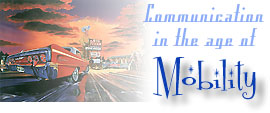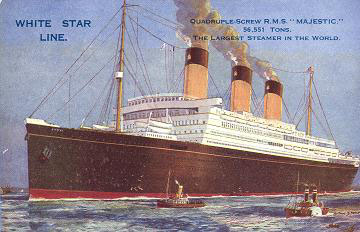
Office: HGH 210; phone: (408) 924-5378
Email: wooda@email.sjsu.edu
Web: http://www.sjsu.edu/faculty/wooda
 |
Dr. Andrew Wood Office: HGH 210; phone: (408) 924-5378 Email: wooda@email.sjsu.edu Web: http://www.sjsu.edu/faculty/wooda |
Introduction
: Course Calendar : Policies
: Readings
Assignments : Check Your Grades : Return
to Frontpage
In her article, "White knee socks versus photojournalist vests: Distinguishing between travelers and tourist" (pp. 41-50), Marielle Risse defines tourism as "a single person or group of people visiting a new (to him/her/them) site for the purpose of contemplation, amusement, or the purchase of objects" (p. 48). Supposedly, the traveler experiences something quite different from the tourist - but what? In the bulk of her essay, Risse describes the frequently snobbish process of distinguishing between travelers and tourists. Regarding the most common means of separating the two, suffering, travelers may be counted upon to gather scars along with memories while tourists prefer simply to gather snapshots. A problem with this distinction, she notes, is that suffering is relative. Simply enduring a burnt steak while touring the continent does not necessarily count as traveling.

A second distinction, knowledge of the local language, is no more stable than the first. After all, as Risse asks, is it more difficult to visit a "foreign" country with full command of the language or as a complete outsider? The former may impose the comfortable expectations of home upon his or her temporary abode while the latter must take far more risks. The third distinction, wealth, often displays itself in leisure. The traveler is wealthy enough to stroll, while the tourist must rush from place to place in a pre-paid routine. Again, the distinction of wealth reveals a more basic snobbery, of a "cultured" few seeking to displace themselves from the unwashed masses. Fourthly (not in the order prescribed by Risse), some writers distinguish travel and tourism from the perspective of era - travel representing an upper-class pursuit of some golden age, while tourism represents the contemporary age of the proletariat. The author largely rejects this notion, wondering if it is possible to be a tourist at all any more.
Perhaps a more robust distinction may be found between travelers who experience places for the sake of seeing them in their richness and difference, while tourists consume pseudo-places constructed to affirm caricatured expectations of their journey. Without presuming that pseudo-places are restricted to the contemporary age, we will pursue a richer understanding of the architecture, media, and rhetoric of such environments throughout the course while asking the question: is no one a tourist anymore - or, are we all?
Activity
Risse quotes Evelyn Waugh who states, "There is no room for tourists in a world of displaced persons" (underline added). Think about this quotation. For your Show and Tell activity, identify the main idea that animates this statement and develop one or two specific arguments to support or refute Waugh's claim.